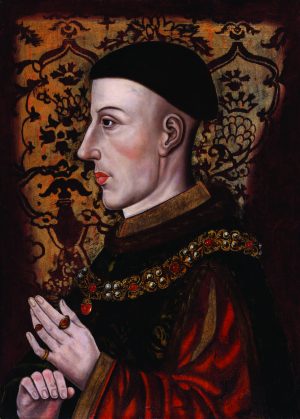“It’s not where you start, it’s where you finish,” composer Cy Coleman and lyricist Dorothy Fields observed in the 1973 musical “Seesaw.”
It’s an odd observation when you consider that “Seesaw” is based on the play “Two for the Seesaw” by William Gibson (of “The Miracle Worker” fame), about the brief love affair between a midwestern lawyer who can’t let go of his ex and a bohemian New York dancer.
But the sentiment expressed in the song is nonetheless a very human one and a very American one. We all love stories about people who travel from point A to point Z, if only in the mind, to
recreate themselves. America itself was founded by such people, initially from Europe but today from all over the globe, who believe with the 19th-century novelist George Eliot that ,“It’s never too late to be the person you might’ve been.”
Much of the time this takes the form of a physical transformation, because who doesn’t love a good makeover story, whether it’s a house or a body on scores of TV shows (“The Biggest Loser,” “Extreme Makeover: Home Edition”) or a movie goddess slumming it to become, well, the movie goddess she already is. (See Cher in “Moonstruck,” Julia Roberts in “Pretty Woman,” Barbra Streisand in “The Mirror Has Two Faces” and Jennifer Lopez in “Maid in Manhattan.”)
There’s also the Cinderella sports story that usually involves a male name that begins with the letter “R” (“Rocky,” “Rudy”) and the rags-to-riches, overcoming adversity story that usually ends the nightly news on a feel-good note. Consider Ieshia Champs, who overcame horrific loss — her house in a fire, her job, the father of two of her children to cancer, her mother — to graduate magna cum laude from Texas Southern University’s Thurgood Marshall School of Law on May 11 while raising five children ages 5 to 14.
We can find examples of these archetypal tales in everyday life, but many of us like to draw, too, on the lives of the saints, perhaps the ultimate “it’s not where you start” group. Generally, they were no angels — at least not at the beginning of their life journeys. But then came that road-to-Damascus revelation (literally, for St. Paul) and they set off on a different path. For St. Francis — a golden boy in 12th-century Assisi — an encounter with a beggar and time spent as a prisoner of war recovering from an illness enabled him to see in his own suffering that of others, until in the end he could find in the suffering of others his own.

You don’t have to be a saint, of course, to undergo such transformation. England’s most heroic king, Henry V, begins as something of a playboy — at least in one of Shakespeare’s greatest plays, “Henry IV, Part 1.” In his brilliant Act 1 soliloquy, Shakespeare’s “Prince Hal” suggests that he will imitate the sun,
“Who doth permit the base contagious clouds
To smother up his beauty from the world,
That, when he please again to be himself,
Being wanted, he may be more wonder’d at
By breaking through the foul and ugly mists
Of vapours that did seem to strangle him.”
The real medieval Prince Harry was already a courageous leader and capable administrator in his youth, though some historians agree with the Bard that when he became king, he adopted a new asceticism — and never looked back. “The War of the Roses” (Weidenfeld & Nicolson, 1988) describes historian Tito Livio observing in 1437: “…As the old king lay dying, the prince, now designated his father’s successor, summoned a monk of exemplary purity to whom he confessed his past sins, and from that time his way of life and habits were completely changed. After the death of his father, his life was free from every taint of lustfulness.”
This kind of transformation story — in which you start at the top only to find it wanting — is the trickiest, most complex and, perhaps, ultimately, the most telling. For anyone can renounce a life of poverty and ugliness for something more. But to sacrifice, to open yourself like a flower in a spiritual or secular cause when you have much — as in the Indian Prince Siddhartha, who became the Buddha, or Scrooge after his three spectral Christmas visitors — is to look at worldly excellence and say, “there must be something more that I can do,” and that takes a real desire for transcendence.
I often think of the tennis player Andre Agassi, a real punk kid with a world of talent who hated tennis because his father forced him to play it. He took drugs and didn’t always play up to his potential, particularly in his early Slam finals. But as he matured, he began to see the value of the education he squandered in his youth. He created the Andre Agassi Charitable Foundation, which has raised millions for the Andre Agassi College Preparatory Academy for underprivileged children, a charter school in his native Las Vegas, and wrote the wise, funny, “Open: An Autobiography” (Alfred A. Knopf, 2009) that shows real writing talent. He became what he “might’ve been,” but then, who he and we might’ve been is who we should be, who we are, deep down inside. We just have to bring it up and out into the light, fighting for the air every step of the way.
We just have to begin — or start again.
“The world is round,” observed the former U.S. Treasurer Ivy Baker Priest, “and the place which may seem like the end may also be only the beginning.”





